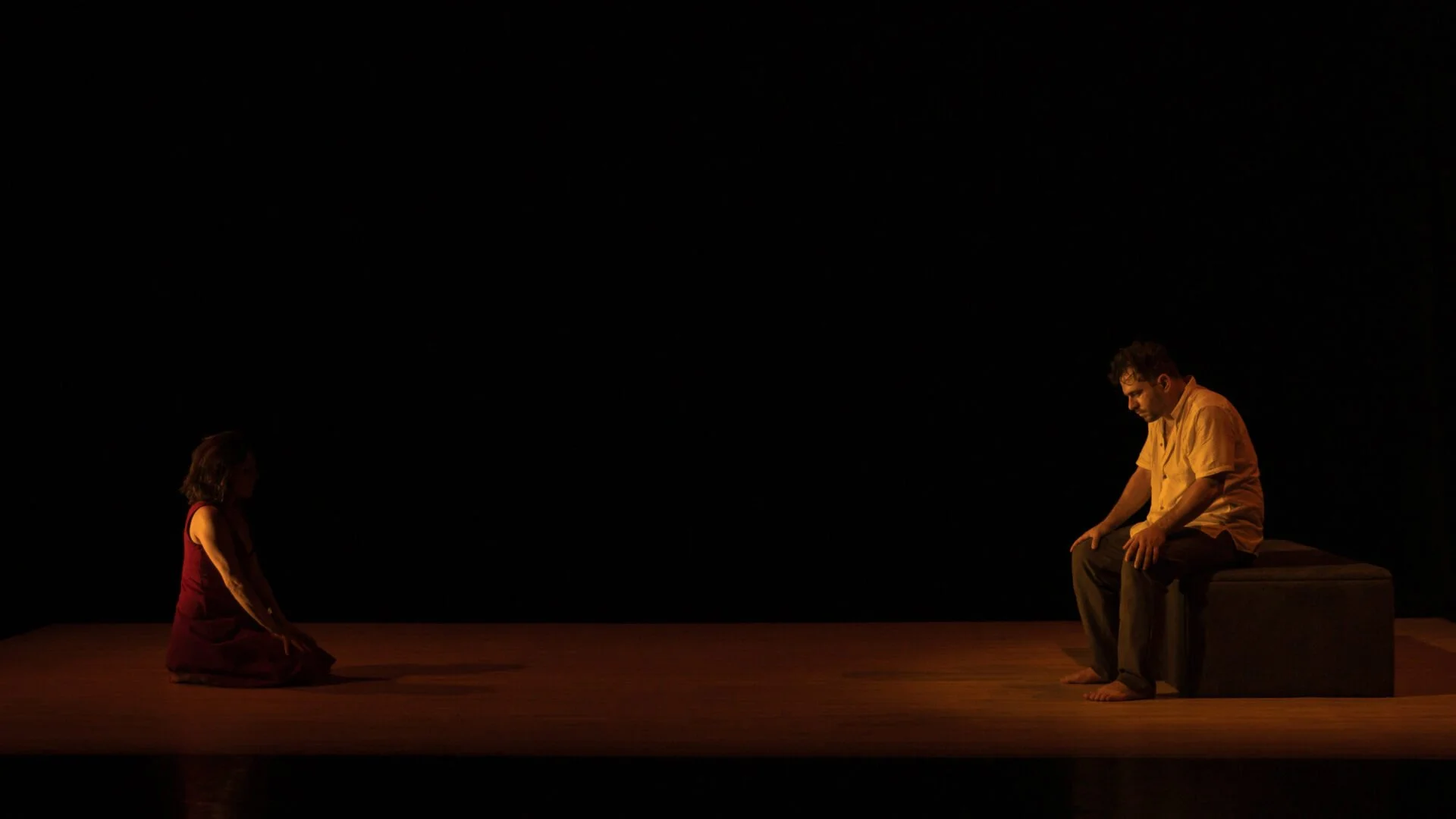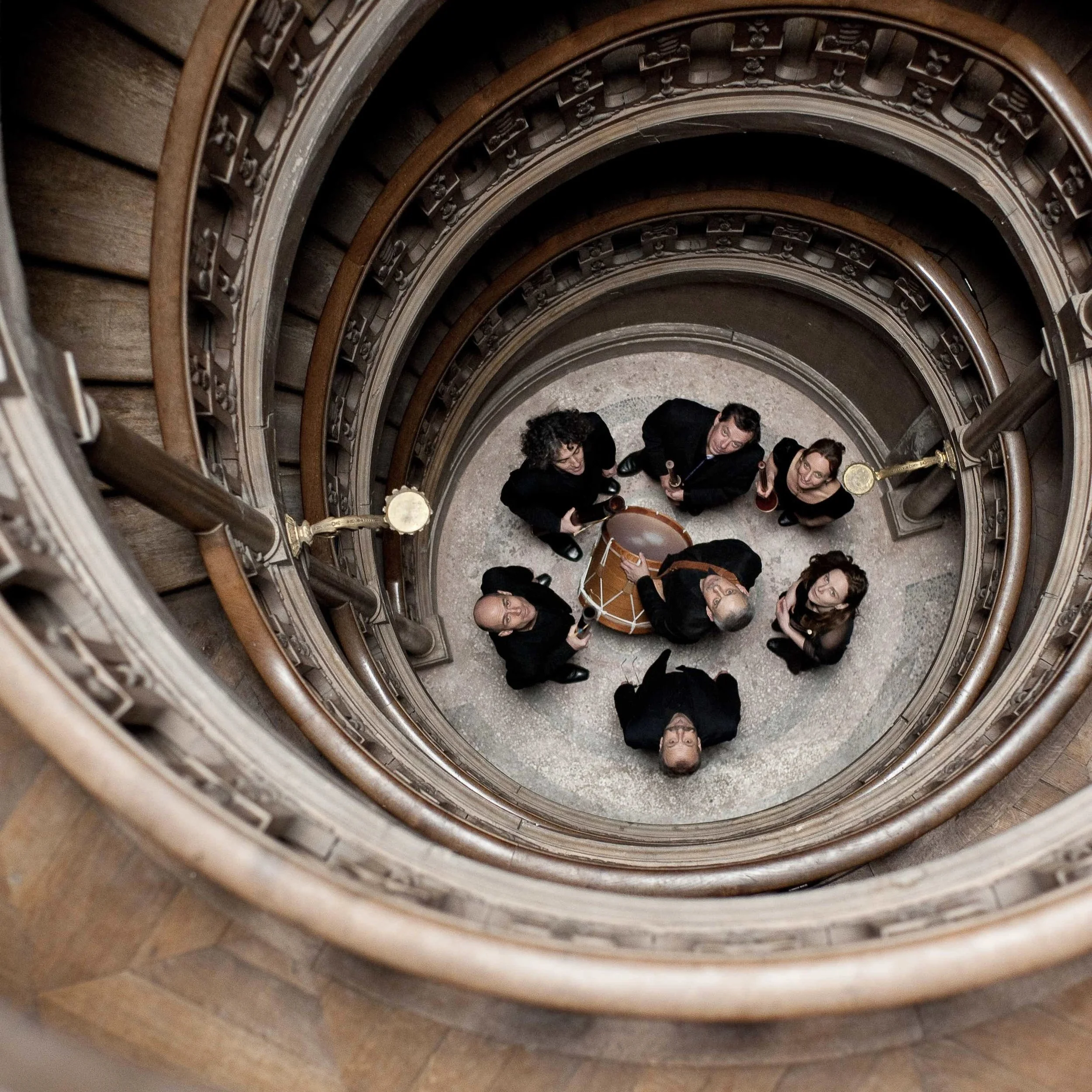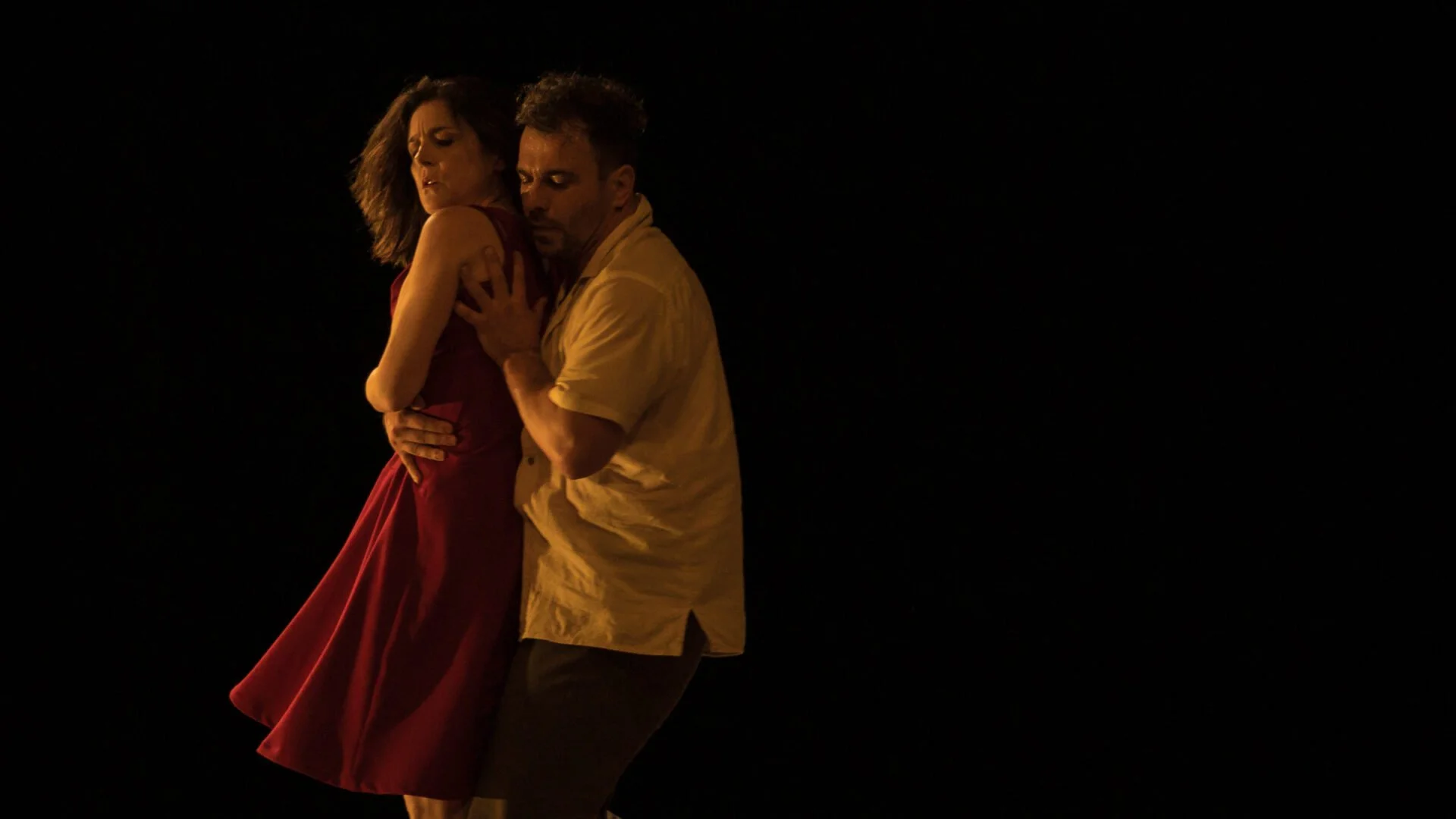Dance review: Social justice meets nonstop energy in show by Colombia's Sankofa Danzafro
The City of Others uses a rich mix of dance styles to express experience of racism and resilience, in DanceHouse production with Blackout Art Society, Latincouver, and VLACC

Sankofa Danzafro’s The City of Others. Photo by Robert Torres
DanceHouse presents The City of Others at the Vancouver Playhouse to February 22, with Blackout Art Society, Latincouver, and Vancouver Latin American Cultural Centre
IN A BOUNDLESS BLAST of energy, Sankofa Danzafro served up an exhilarating mix of dance styles with a powerful social message in its debut here Friday night.
The City of Others’ honed 10-member troupe threw everything it had onstage, taking inspiration from salsa, breaking, flowing contemporary, Afro-Colombian styles, and folkloric dances like the Currulao and the Abozao. In one breathless section, performers held up a plywood sheet vertically for others to bound up and bounce off. Seconds later, the crew members hoisted it horizontally over their shoulders where a woman pummelled it with her feet. In other moments the dancers leapt high off the floor and spun in the air; kicked their way across the stage; or convulsed while crowdsurfing across the others’ fingertips.
The music flowed from live djembe-drumming to hand-slap and foot-stomp rhythms to electro-club beats. Braids whipped, feet and hands flew in a whirl of action, sustaining full intensity to the final encores, when the packed Playhouse audience rose for a loud standing O.
Presented here by DanceHouse with Blackout Art Society, Latincouver, and Vancouver Latin American Cultural Centre, The City of Others drew extra fire from its social-justice messages. Colombia has a long, complex, and painful history of racism that dates back to slavery. More than anything this was a work voicing the contemporary Black experience—grappling with oppression, taking up urban space, and ultimately finding an invigorating place of community and healing through art.
Through dance, the performers, dressed in stylized city office-worker dress shirts, pants, and ties—but with bare feet—expressed the Black Colombian urban experience without ever getting too literal. They journeyed through oppression, invisibility, prejudice, pushback, and resilience; occasionally dancers would collapse and get dragged across the floor in what felt like the sheer exhaustion of fighting systemic racism. At times the blocking conjured a barber shop, at others a packed subway ride. Some sequences had the energy of a breakdance battle, each individual grabbing the spotlight to show their distinct spice.
Aside from proving contemporary dance's ability to confront social issues and act as a force of change, The City of Others also introduced Vancouver audiences to a new movement language steeped in a culture of rich diversity. Still, the issues being raised, sadly, needed no translation. ![]()
Janet Smith is cofounder and editorial director of Stir. She is an award-winning arts journalist who has spent more than two decades immersed in Vancouver’s dance, screen, design, theatre, music, opera, and gallery scenes. She sits on the Vancouver Film Critics’ Circle.
Related Articles
Aussie troupe Gravity & Other Myths’ stripped-down spectacle has been a hit around the world
Senior dance artists offer decades of insight to the new event’s joyful collaborations with younger performers
Bobbi Jene Smith and Or Schraiber share a full-evening work, and hit productions of Crystal Pite’s Frontier and Shahar Binyamini’s BOLERO X return
In the midst of an international career, the Kidd Pivot dancer is setting a short Crystal Pite work for the student showcase
Moroccan and Spanish choreographers join the international contingent of event that runs at Firehall Arts Centre and SFU Woodward’s
With the Vancouver Latin American Cultural Centre, artists Marco Esccer and Carla Alcántara celebrate the centenary of the feminist writer’s birth
Powerful dancing across the board in Medhi Walerski’s striking Last light; Bobbi Jene Smith and Or Schraiber’s straight-from-the-heart Obsidian; and Marco Goecke’s vibrating Woke Up Blind
As part of Asian Heritage Month, the gallery’s first performers-in-residence use old-school radios and headlamps in a new piece that fuses dance, multimedia, and theatre
The Dance Centre prizes carry $5,000 in funding for each artist
Fifth edition of uncurated program provides a welcoming space for artist’s first dance-theatre piece
Tickets on sale today for a Simran Sachar–Justine A. Chambers choreographic collab, comedian Kiran Deol, and Indian classical music star Alam Khan
Batsheva Dance Company alumni’s fascinating journey around the globe and onscreen finally brings them to Vancouver with Obsidian
In a surreal and outstanding conclusion to the DanceHouse season, the Belgian company warps time and gravity, toying inventively with cinematic tropes
Vancouver Playhouse performances feature choreography by Crystal Pite, Marco Goecke, Sharon Eyal, and more
New Works hosts screenings, while the Dance Centre presents performances by the likes of Vanessa Goodman, Dance//Novella, and Lesley Telford
Ashvini Sundaram takes second place in prize presented by The Hawthorne Foundation and DanceHouse
At The Cultch’s Warrior Festival, circus performers alternate between base and flyer, dismantling long-standing assumptions
Program features Vanessa Goodman/Action at a Distance, Dance//Novella, Karen Jamieson Dance, and more
Olivier Award–winning dance-theatre troupe blends physically pummelling choreography with surreal worlds that blur reality and fantasy
Former National Ballet of Canada artistic director reflects on his 2008 duet as Plastic Orchid Factory gears up to present its revival
Program includes a new creation from a sought-after choreographic duo, a remount of an acclaimed work, and a world premiere from Medhi Walerski
Vancouver choreogapher Crystal Pite has won previous Oliviers for Revisor, Betroffenheit, and Flight Path
Early Music Vancouver program features a piffari, or wind band, accompanied by the early dances of French and Italian court festivities
Offerings also include Hungary’s circus-dance company Recirquel, as well as Robert Lepage and Guillaume Côté’s visually striking take on Shakespeare’s Hamlet
Belgian dance-theatre company invites audiences on a thrilling and disorienting journey into the subconscious
In the DanceHouse presentation, Le Patin Libre’s artists emulate bird flocks with unfettered glides and layers of emotion
French choreographer Hubert Hazebroucq performs 15th- and 16th-century dances to the sound of a live wind band
In Compagnie de la Citadelle duet choreographed by James Kudelka, a couple’s bond unravels before audiences
Choreographer blends Kathak and contemporary influences in solo presented by the Dance Centre and New Works
At DanceHouse, Montreal choreographer Alexandre Hamel blends a love of birds and a background in competitive figure skating to create a dazzling new kind of ice show
































